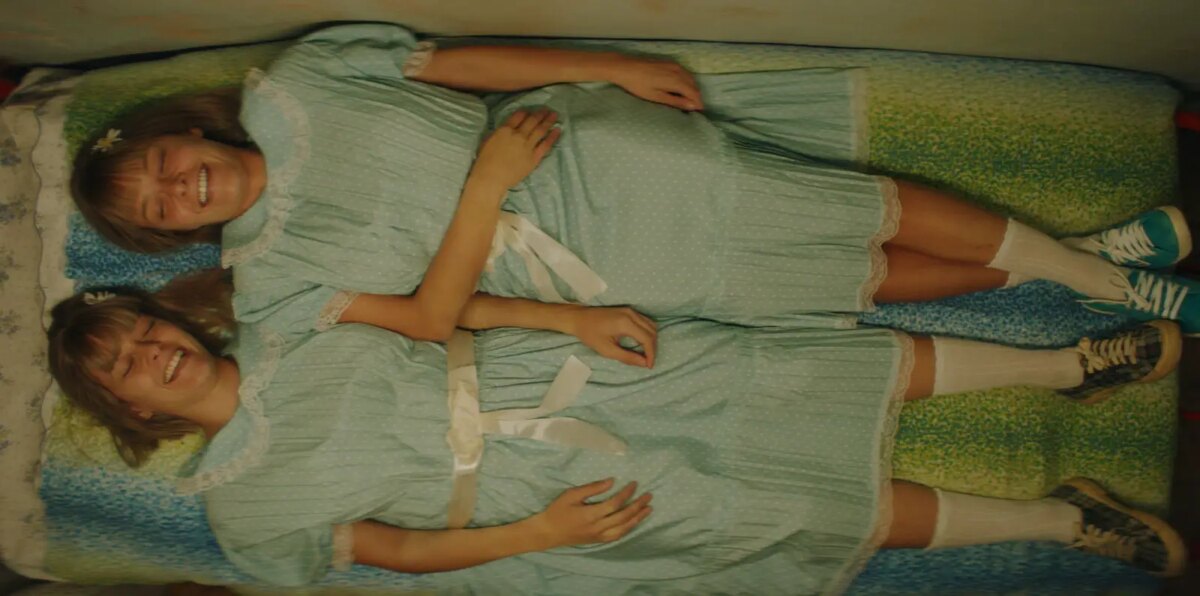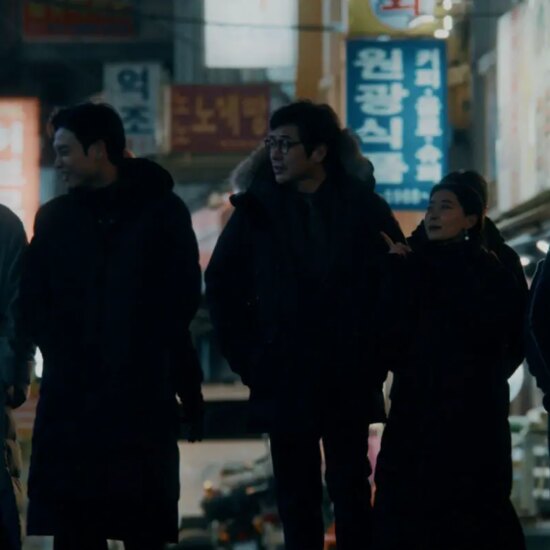
Cinzia Bomoll’s allegorically titled La California isn’t misleading you to believe it to be a Hollywood-esque story. Nor does the Italian-language noir-drama instill inspirations of the Californian dream. La California is Bomoll’s passion project that substantially adapts the ‘show-not-tell’ tropes of cinema and expresses various emotions, character arcs, and stories through visuals and a location as a notable essence of them all. It’s a film that traverses several genres yet adds value through references, empowered by a profound narration from the late Piera Degli Esposti.
Two twins, Ester and Alice, desire a better life away from their village. The two, differing in personalities, choices, and way of life, share a bond that extends their lack of friendliness and annoyance toward each other. La California is an unraveling of their life story.
“Twin sisters Ester and Alice struggle to find a place in California, a suburban village in Italy…”
The village, California, in Modena, Italy, shares the same name as the American state, which houses the most giant conglomerates, business ventures, and the entertainment industry. But the commonality isn’t just a coincidence. The village is undergoing a gradual development with the introduction of plastic production factories. Italy is outgrowing fascist and communist beliefs in the seventies and eighties, the period in which the film is set. As Western influence regarding capitalism and culture inspires Italy, the name California gets a new meaning in Bomoll’s grounded story. It becomes a nucleus of direct comparisons and contemplating similarities between two locations of the same name.
But the village here is just a metaphorical binding thread. The film’s core human connection comes from Ester and Alice, twins born out of wedlock to young parents. Growing into the nineties, as late teenagers, both Ester and Alice explore the ‘first times’ of life, from a drink to a boyfriend, as La California captures their behavioral changes. Exploring the twins’ trauma, hopes, dreams, and imperfections, the film layers two coinciding dramatic arcs in a relatively dark-fairytale style of portrayal. La California explores their upbringing in the backdrop of a politically and culturally divisive village, where they find it tough to find a proper place. Bringing life to these portrayals are real-life twins Silvia and Giulia Provvedi, known professionally as Donatellas. While new to acting, the sisters cement a remarkable presence on-screen as co-leads and anchor the film’s changing expressions and narrative to a unique, though not flawless, culmination.














